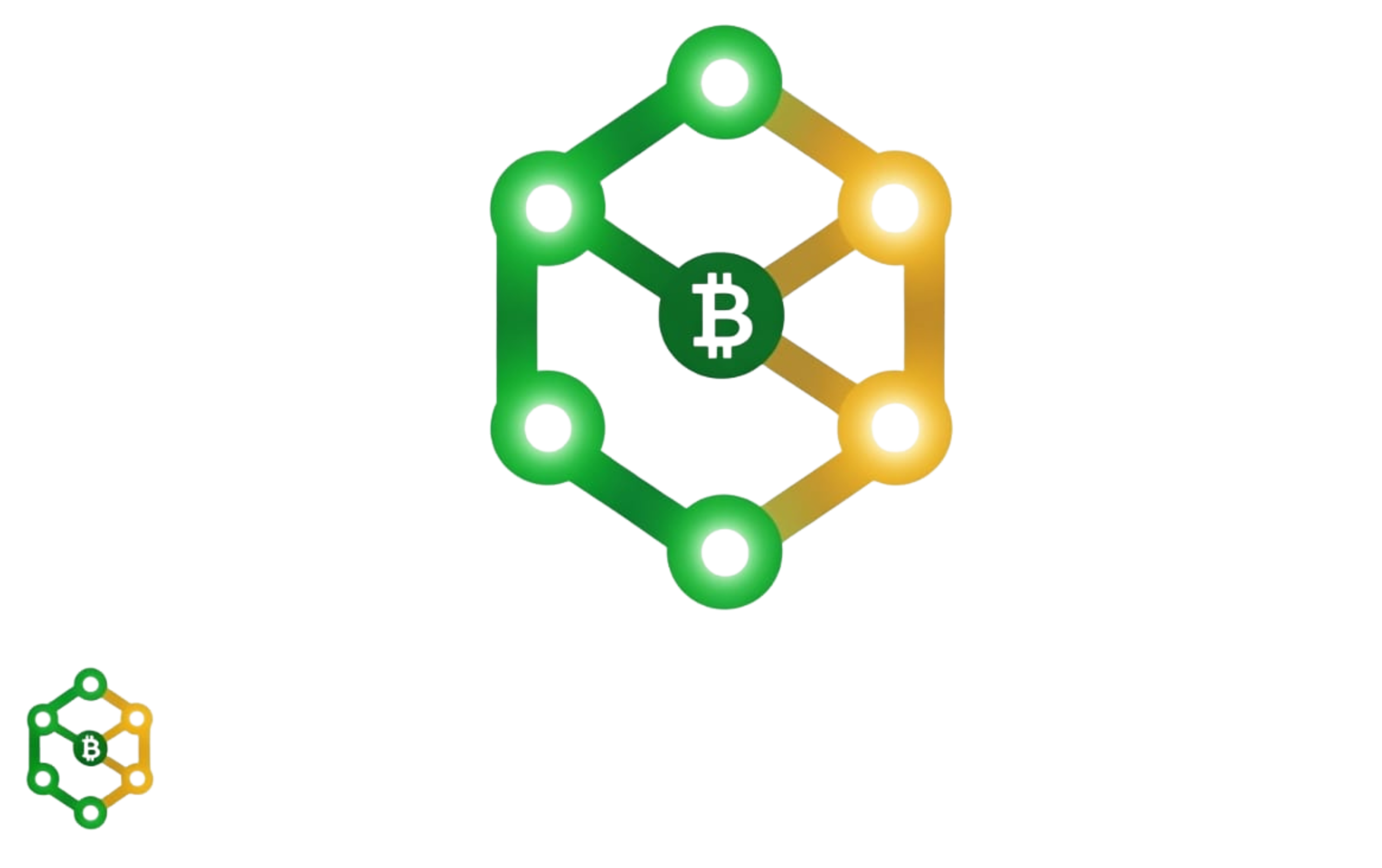The cryptocurrency market has once again captured global attention. Ethereum (ETH), the world’s second-largest digital asset after Bitcoin, has reached a historic milestone by breaking above $4,900 for the first time in its history. This moment marks not only a price achievement but also a significant signal of Ethereum’s growing dominance in blockchain infrastructure, institutional adoption, and the global financial conversation surrounding digital assets.
Ethereum: From Origins to New Heights
Ethereum was launched in 2015 by Vitalik Buterin with the vision of creating something far beyond a “digital currency.” While Bitcoin positioned itself primarily as a store of value and peer-to-peer cash system, Ethereum was designed as a programmable blockchain enabling smart contracts and decentralized applications (dApps).
Over the years, Ethereum has evolved into the backbone of decentralized finance (DeFi), non-fungible tokens (NFTs), and the wider Web3 ecosystem. Its role as a “global computer” has positioned it not just as a cryptocurrency but as critical infrastructure for the digital economy.
Ethereum’s journey has been marked by cycles of massive booms and painful corrections. In 2017, ETH surged from double-digit prices to nearly $1,400 before collapsing to around $80. In 2020–2021, fueled by DeFi and NFT mania, Ethereum soared to $4,800 before suffering a brutal decline to under $1,000 in 2022. The recovery since then reflects not only renewed investor confidence but also the steady maturation of its technology and ecosystem.
What Triggered the Break Above $4,900?
Ethereum’s climb past $4,900 is the result of multiple converging forces:
Institutional Adoption: Hedge funds, asset managers, and even some central banks are gradually adding Ethereum exposure to portfolios. ETH has transformed from a “speculative asset” to a recognized component of diversified investments.
ETF Approval: Following Bitcoin’s spot ETF approvals, regulators in the U.S. and Europe recently approved spot Ethereum ETFs. This breakthrough opened the floodgates for capital inflows from retail investors and institutions alike, providing legitimacy and liquidity.
AI and Blockchain Integration: The fusion of artificial intelligence with smart contracts is driving demand for Ethereum’s programmable infrastructure. Enterprises view ETH as a foundational platform for building next-generation applications.
Ethereum 2.0 Upgrades: The transition to Proof of Stake (PoS) and scaling solutions like sharding and layer-2 networks have reduced transaction fees, improved energy efficiency, and boosted network performance.
Macroeconomic Tailwinds: Anticipation of rate cuts by the Federal Reserve, a weaker dollar, and rising demand for alternative stores of value have bolstered the attractiveness of cryptocurrencies.
Ripple Effects Across the Crypto Market
Ethereum’s breakout has created a domino effect across the digital asset landscape:
Bitcoin: While Bitcoin remains the market leader, Ethereum’s rally has reignited debates over whether ETH could eventually rival BTC as the premier digital asset. Bitcoin’s narrative as “digital gold” is now complemented by Ethereum’s role as “digital infrastructure.”
Altcoins: Tokens built on Ethereum, including Polygon, Arbitrum, and Optimism, are experiencing increased transaction volumes and renewed investor interest. Historically, Ethereum rallies spark broad momentum in the altcoin sector.
NFTs and DeFi: After the crash of 2022, both sectors are staging a comeback. Rising ETH prices have revived enthusiasm for NFT marketplaces and DeFi protocols, many of which are still primarily built on Ethereum.
Balancing Regulation and Adoption
The rally comes against a backdrop of regulatory uncertainty. In the United States, the Securities and Exchange Commission (SEC) has not provided definitive clarity on whether Ethereum should be classified as a security or commodity. Meanwhile, Europe’s MiCA regulatory framework is attempting to create rules that balance innovation with investor protection.
This tension underscores the paradox of Ethereum’s rise: greater adoption by institutions makes regulatory oversight inevitable, but heavy-handed restrictions could limit innovation. Still, the global financial system is reaching a point of no return as banks, pension funds, and Fortune 500 companies increasingly integrate Ethereum into their strategies.
Implications for Individual Investors
For retail investors, Ethereum’s rise poses both opportunity and challenge. On one hand, the breakout to $4,900 validates long-term bullish theses. On the other, the rapid pace of gains raises concerns about overheating markets and the potential for sharp corrections.
History shows that every parabolic move in Ethereum has been followed by a correction—sometimes severe. Yet those who held through volatility have been rewarded with extraordinary long-term returns. This reality highlights the dual requirement of conviction and patience when investing in Ethereum.
Could Ethereum Reach $10,000?
The critical question now is whether Ethereum is on track to hit the symbolic $10,000 level. Bulls argue that with institutional inflows, ETF adoption, and its expanding utility, ETH could double within the next two years. They point to Ethereum’s growing dominance in decentralized applications as proof of its fundamental value.
Skeptics caution that valuations may be running ahead of fundamentals, drawing parallels to past bubbles that ended in painful crashes. Yet even critics acknowledge that Ethereum is no longer a fringe experiment; it has entrenched itself as a cornerstone of global blockchain infrastructure.
Broader Economic and Market Context
Ethereum’s surge also reflects larger macroeconomic trends. Investors are increasingly seeking alternatives as fiat currencies face pressure from inflation and debt burdens. Ethereum, alongside Bitcoin, offers a decentralized, borderless asset unbound by traditional financial systems.
At the same time, ETH’s programmability differentiates it from Bitcoin, making it not just a hedge against inflation but also a platform for innovation. Its role in tokenizing real-world assets, enabling decentralized governance, and integrating with AI highlights its transformative potential.
Conclusion
Ethereum’s surge past $4,900 is not merely a price milestone. It represents a broader transformation in how financial markets, institutions, and individuals perceive digital assets. What began as an ambitious experiment has evolved into the foundation of decentralized finance, Web3, and a growing share of the global digital economy.
The coming years will test Ethereum’s resilience amid regulatory scrutiny, market volatility, and technological competition. But today’s record-breaking rally cements ETH’s status as more than a cryptocurrency: it is a critical pillar of the digital age.













https://shorturl.fm/tyl7r